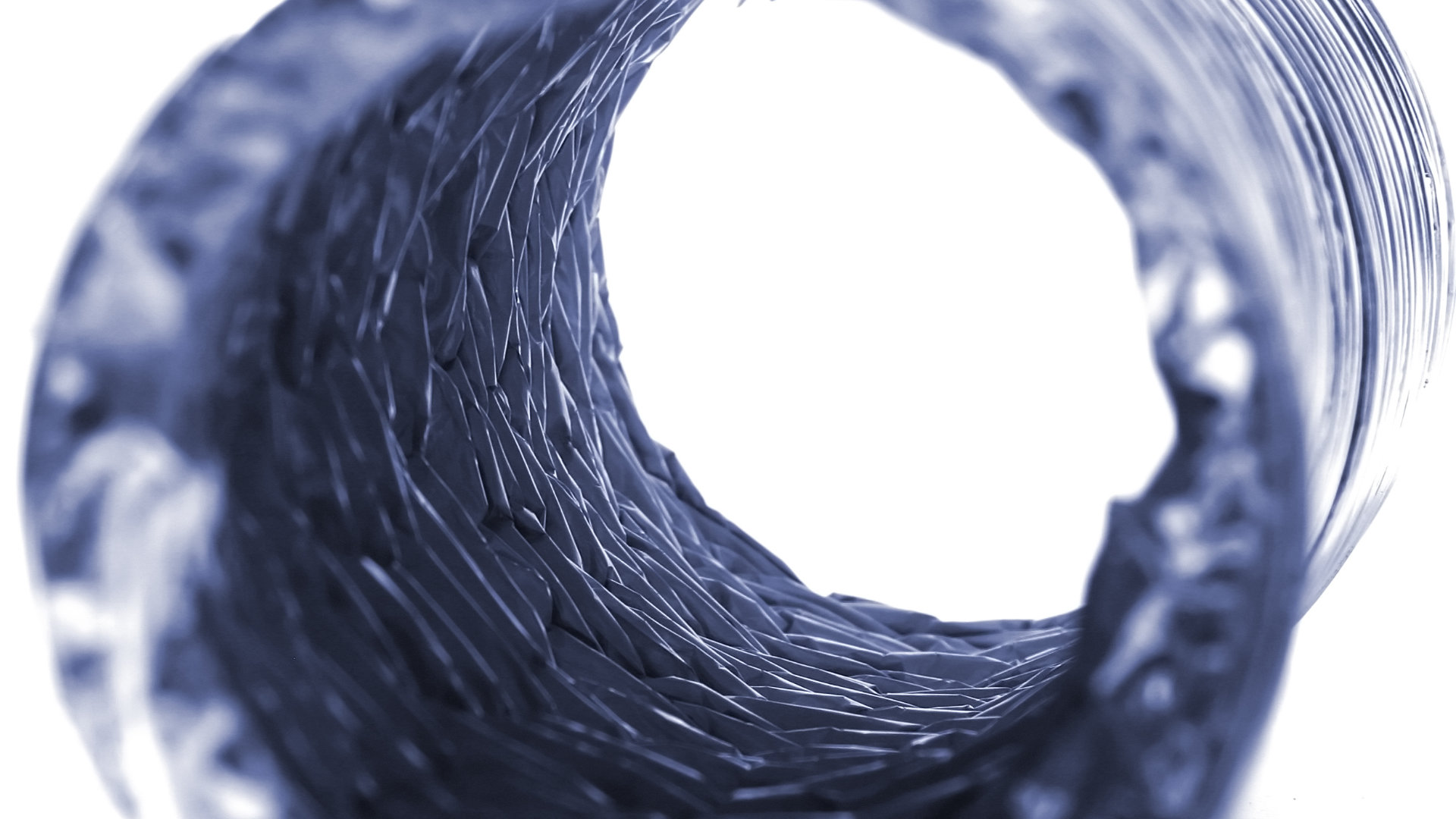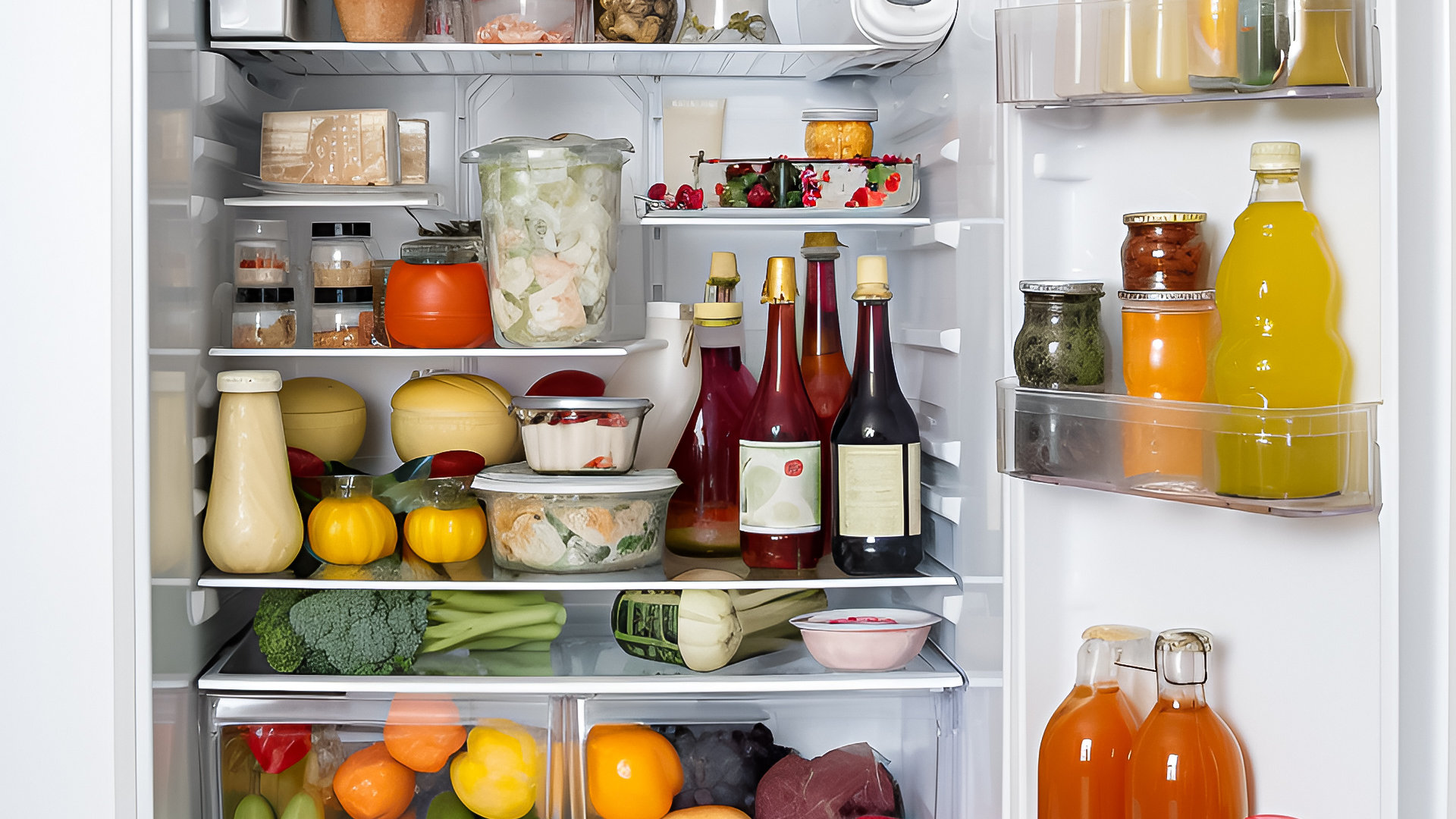
If you notice your refrigerator is leaking some water inside, don’t worry—it’s not the end of the world or the end of your appliance. You can usually fix this problem by yourself, or in the worst case, you may need an appliance technician to fix it for you.
It’s worth noting that a small amount of condensation inside a refrigerator is considered normal. However, if water is pooling or dripping inside, this is a clear sign that there’s an issue of some kind.
To help you get to the bottom of what’s going wrong and rectify it promptly, we’ve put together this list of likely reasons your appliance’s interior could be leaking water.
Reason 1: The defrost drain is clogged
Starting with the most common potential cause, the first thing to check is the defrost drain. It’s a small hole typically located at the bottom of the fridge section, near the back wall. This hole is where condensation is channeled and drained away. It often gets blocked by food or ice.
If a blocked defrost drain is the cause, it means that there’s not a leak inside your fridge; it’s just that the water and condensation that naturally accumulate in your fridge are not draining away properly, leading to pooling.
Most of the time, the defrost drain has a drain hole plunger. It’s a small plastic rod that sits inside it. If your defrost drain has one, you can use it to unclog the defrost drain by plunging it in and out of the hole. If yours doesn’t have one, you can use a plastic straw, cable tie, or similar.
Finally, pour some warm water down the hole to melt any ice blockages and to ensure that it’s draining properly. If water is flowing away and down the defrost drain, it’s unclogged; if it’s pooling around the drain, it’s blocked.
Reason 2: A food or beverage carton has split
Whether it’s a carton that has split, a container with a loose lid, or some other food item in the refrigerator that is leaking, the result can be the same—liquid pooling inside the appliance.
This is a very common cause, so it’s worth unloading the refrigerator of all its contents, cleaning the interior, and inspecting each item for leaks before placing them back inside.
Reason 3: Placing hot items inside the refrigerator
Placing hot items inside the refrigerator, such as a bowl or pan of hot soup, can result in excess condensation. This happens because condensation naturally forms when warm air collides with cold surfaces. To avoid this, simply allow your food to cool down sufficiently before placing it inside your fridge.
Reason 4: The door seal is faulty
If the door seal is not sealing properly, it will allow warm, humid air into the appliance, resulting in excessive condensation that drips down and pools. Accidentally leaving the refrigerator door open for long periods or opening it too frequently can have a similar effect.
To check the door seal, open the door and inspect it for visible signs of damage or wear and tear. If it’s dirty or moldy, you can clean it all the way around with warm, soapy water and a cloth.
As a final test, you can place a flashlight inside the refrigerator pointing toward the door. Then, close the door and turn the lights off so the room is dark. If you can see light emanating through the door gasket at certain points, you know it’s not sealing properly there and you will likely need to replace it.
Reason 5: The water dispenser line is leaking
If your refrigerator has a water dispenser, it may be the cause of the leak. Specifically, the water dispenser line that feeds water to the dispenser can sometimes split or crack. To check it, follow these steps:
- Unplug your refrigerator and shut off the water supply.
- Locate the water dispenser line that feeds water to the dispenser. You may need to refer to your user manual for help, and you may need to remove a panel inside the appliance to access it.
- Check the water dispenser line for splits or cracks, and ensure it’s not leaking from the connection points at each end. You can run your finger or a paper towel along the dispenser line to see if it’s wet.
- If the water dispenser line or its connection points are leaking, they should be replaced. If the water dispenser line appears frozen at any point, allow it to thaw out or use a hair dryer on the mildest setting to defrost it.
Reason 6: The appliance isn’t level
A refrigerator’s interior is specifically designed so that condensation is channeled toward the defrost drain to be drained away. However, if the appliance is not level, this process is disrupted. The water is being channeled in a different direction, ending up in areas without a drainage hole, which results in pooling.
You can use a spirit level to check. Place one on top of your appliance and see if the spirit bubble sits in the middle, checking from side to side and front to back. If it doesn’t, use a wrench to turn the leveling legs under the refrigerator to raise or lower each corner until it’s sitting level.
Reason 7: A problem with the water filter
Most modern refrigerators with a water dispenser have a water filter that you should replace every six months. If the filter is not changed, it can become clogged, and may even leak some water into the refrigerator. Likewise, if the water filter wasn’t installed properly, water may seep from it.
To check if the water filter is the problem, locate it within the refrigerator, using your user manual if necessary. Then, remove the old filter, inspect it for damage, and check for water around the filter housing. If the filter appears faulty, or you believe it is over six months old, replace it.

How to Clean Front Load Washer Mold (In 5 Steps)
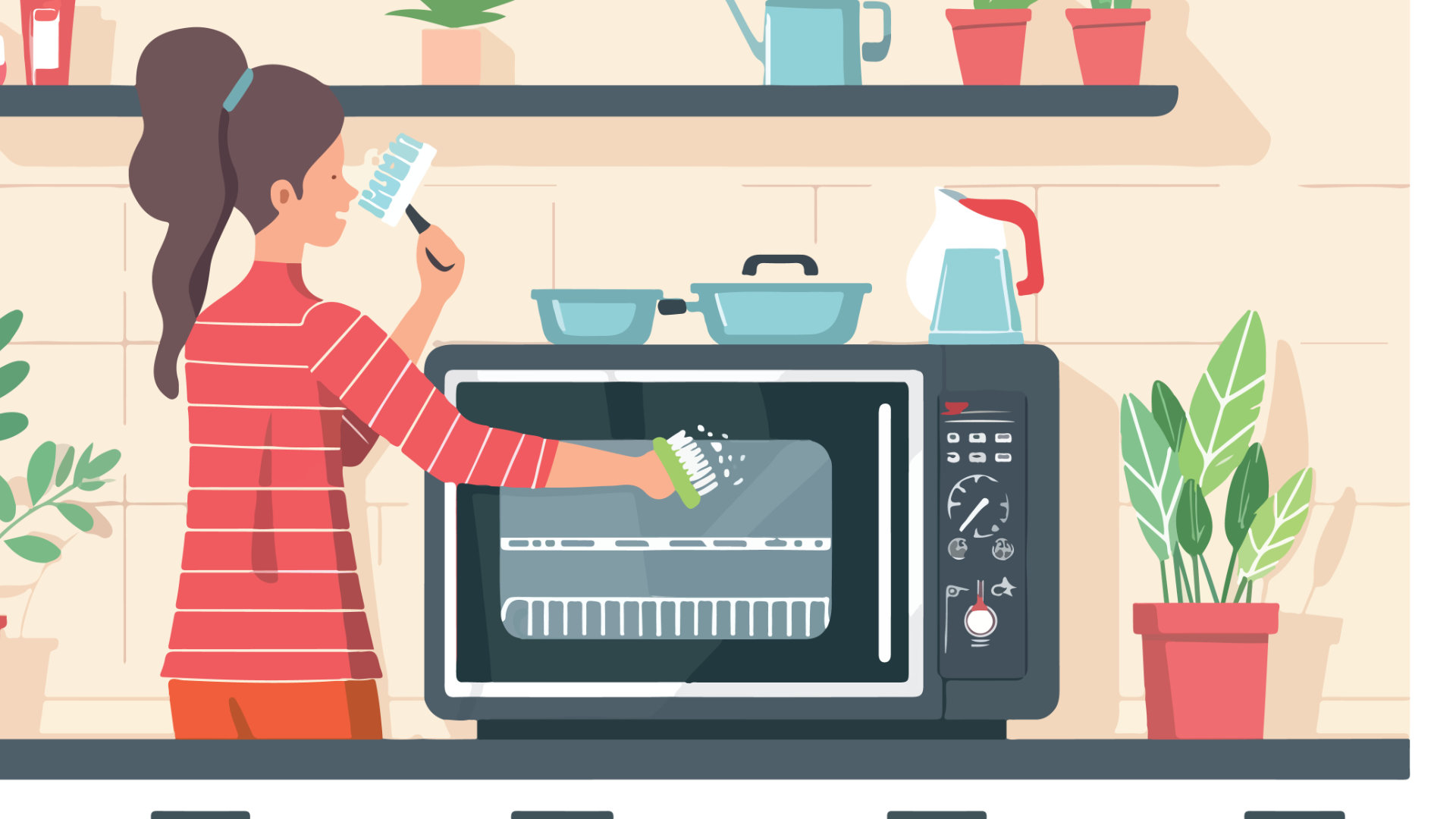
How Long Do Ovens Generally Last?

Refrigerator Leaking Water Inside? Here’s Why
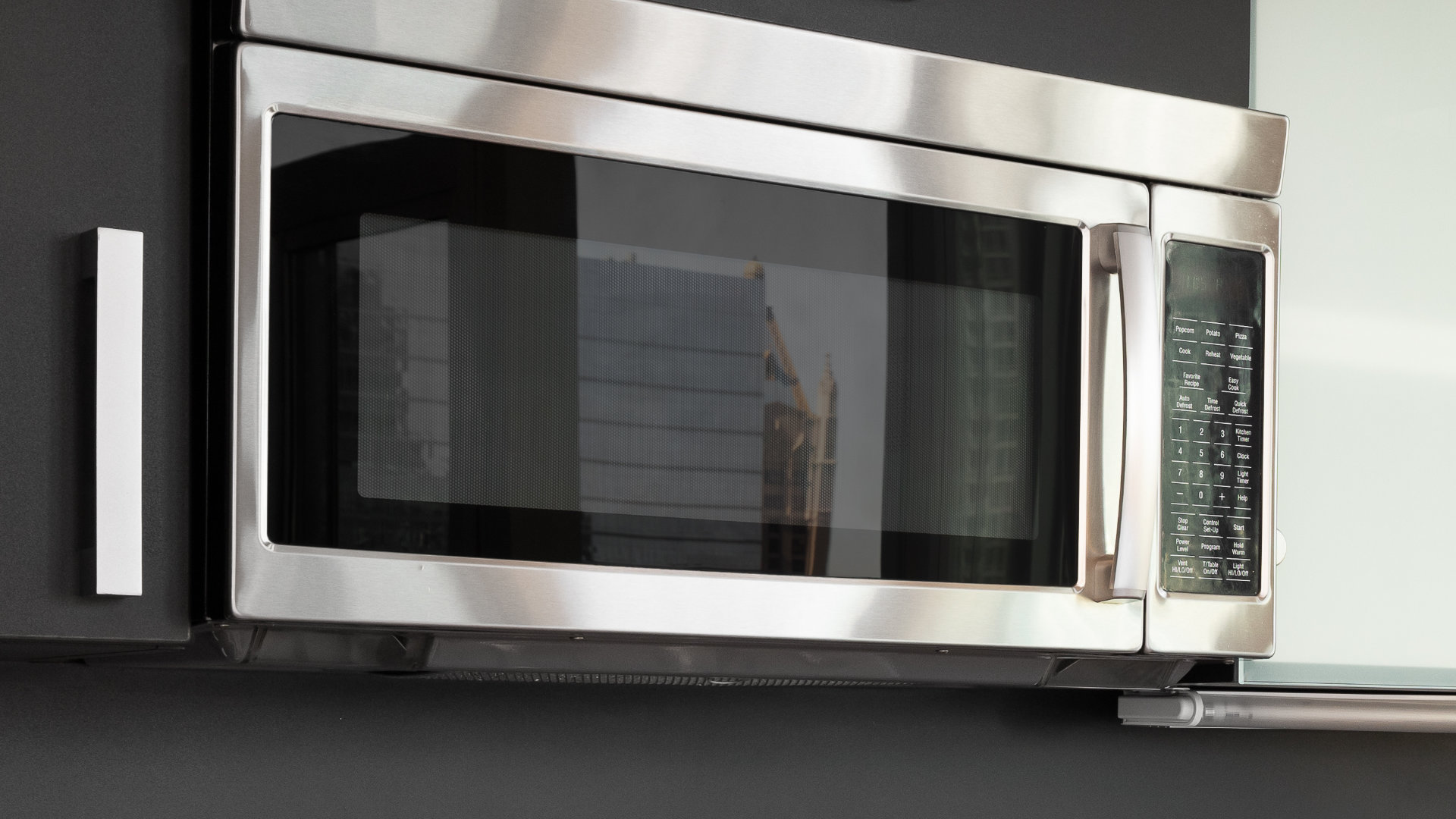
Your Guide to Whirlpool Microwave Replacement Parts
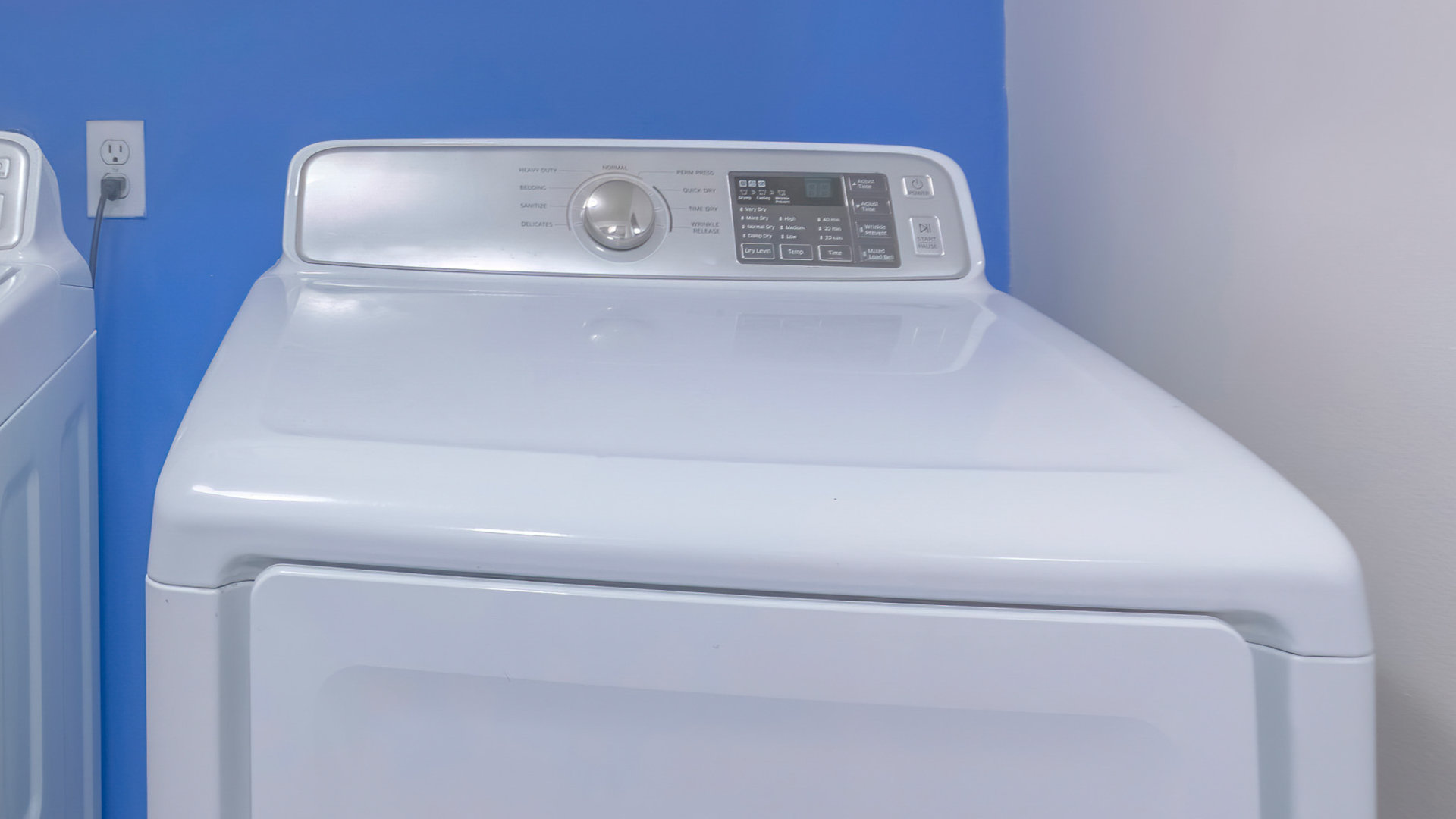
What to Do When Your Kenmore Dryer Won’t Start
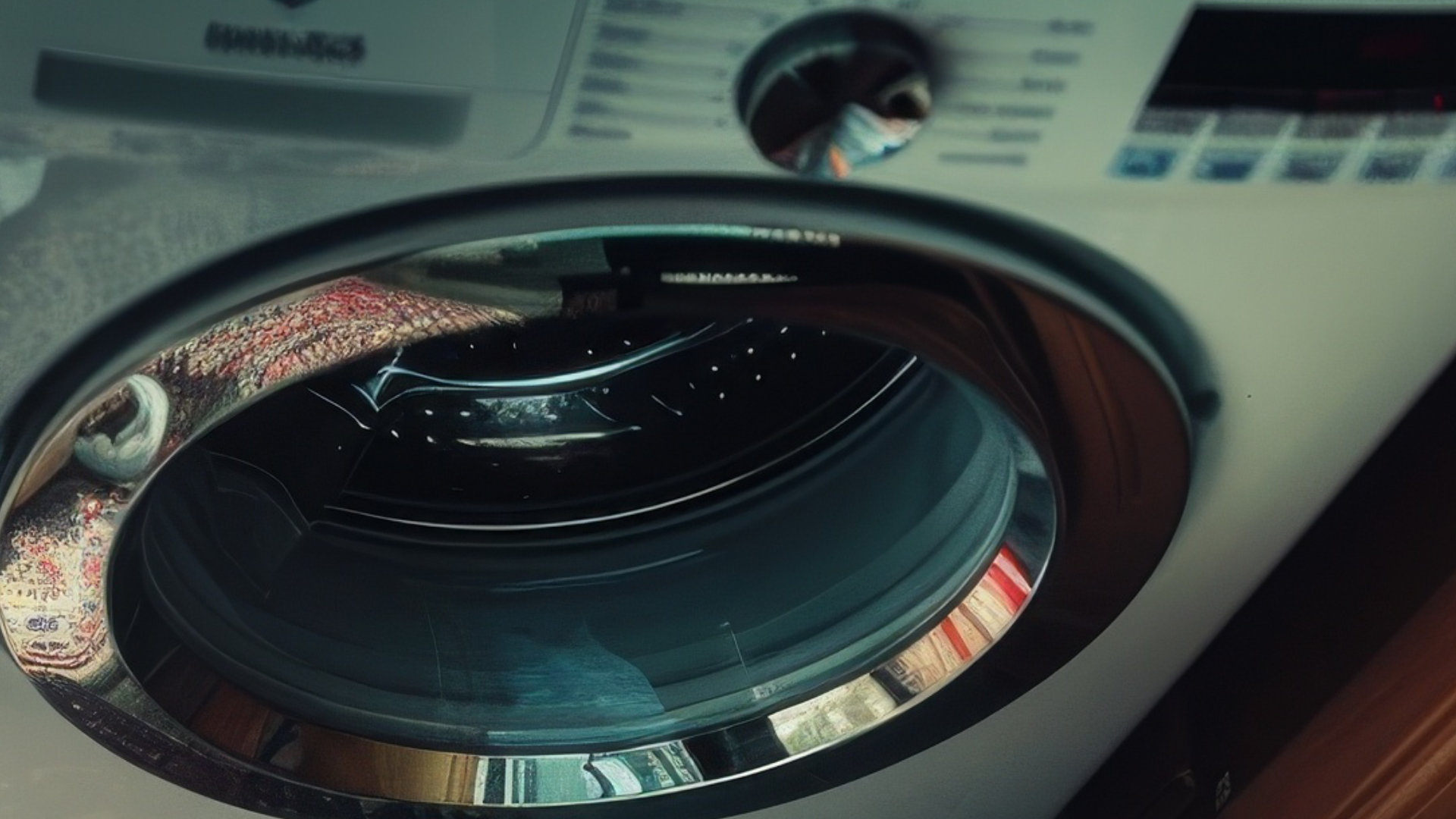
How to Resolve the LG Washer LE Error Code
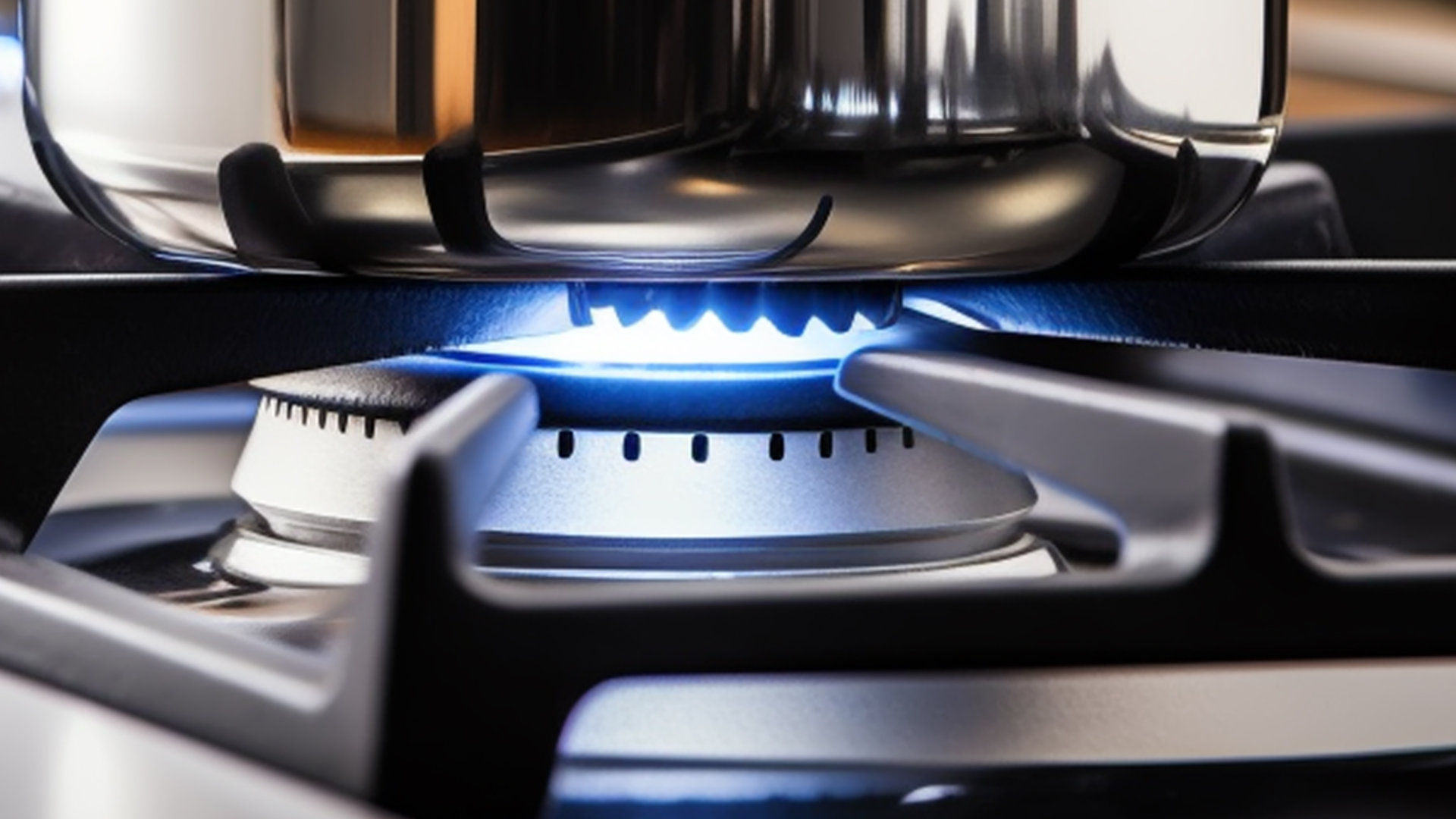
Why Does My Oven Smell Like Gas? Causes and What to Do
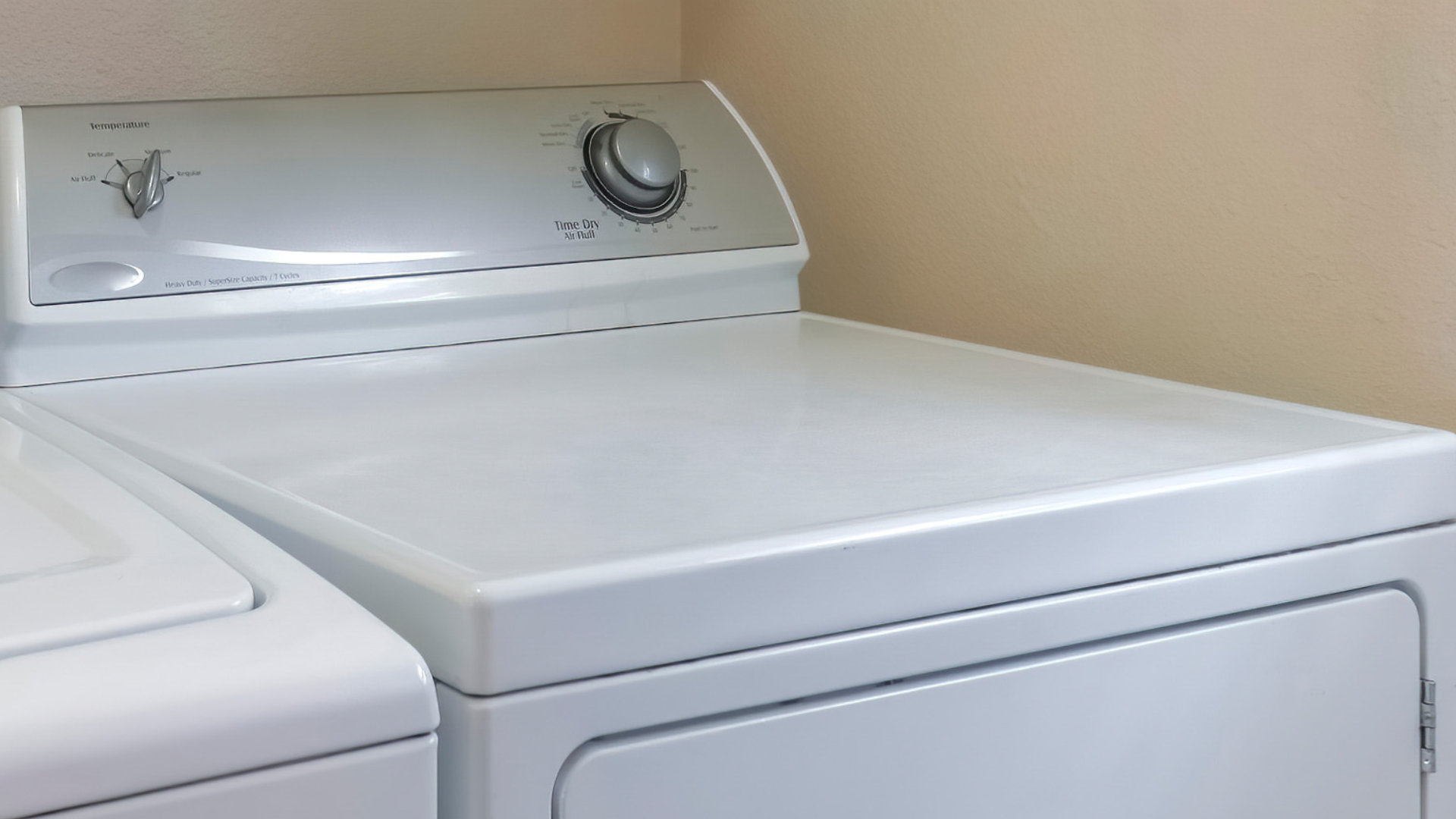
Maytag Dryer Not Heating? Here’s How to Fix It
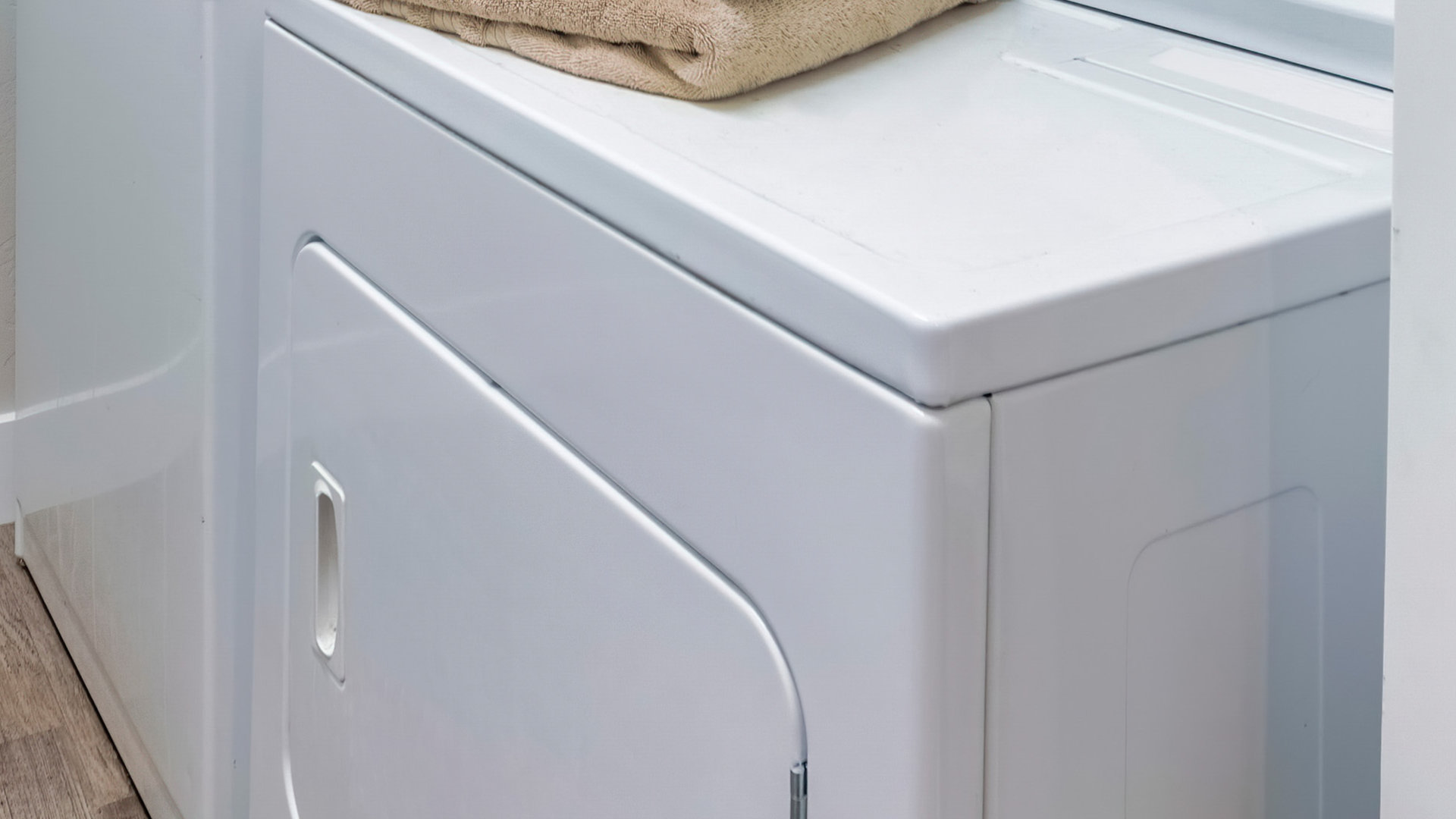
6 Common Reasons Your Speed Queen Dryer Isn’t Heating
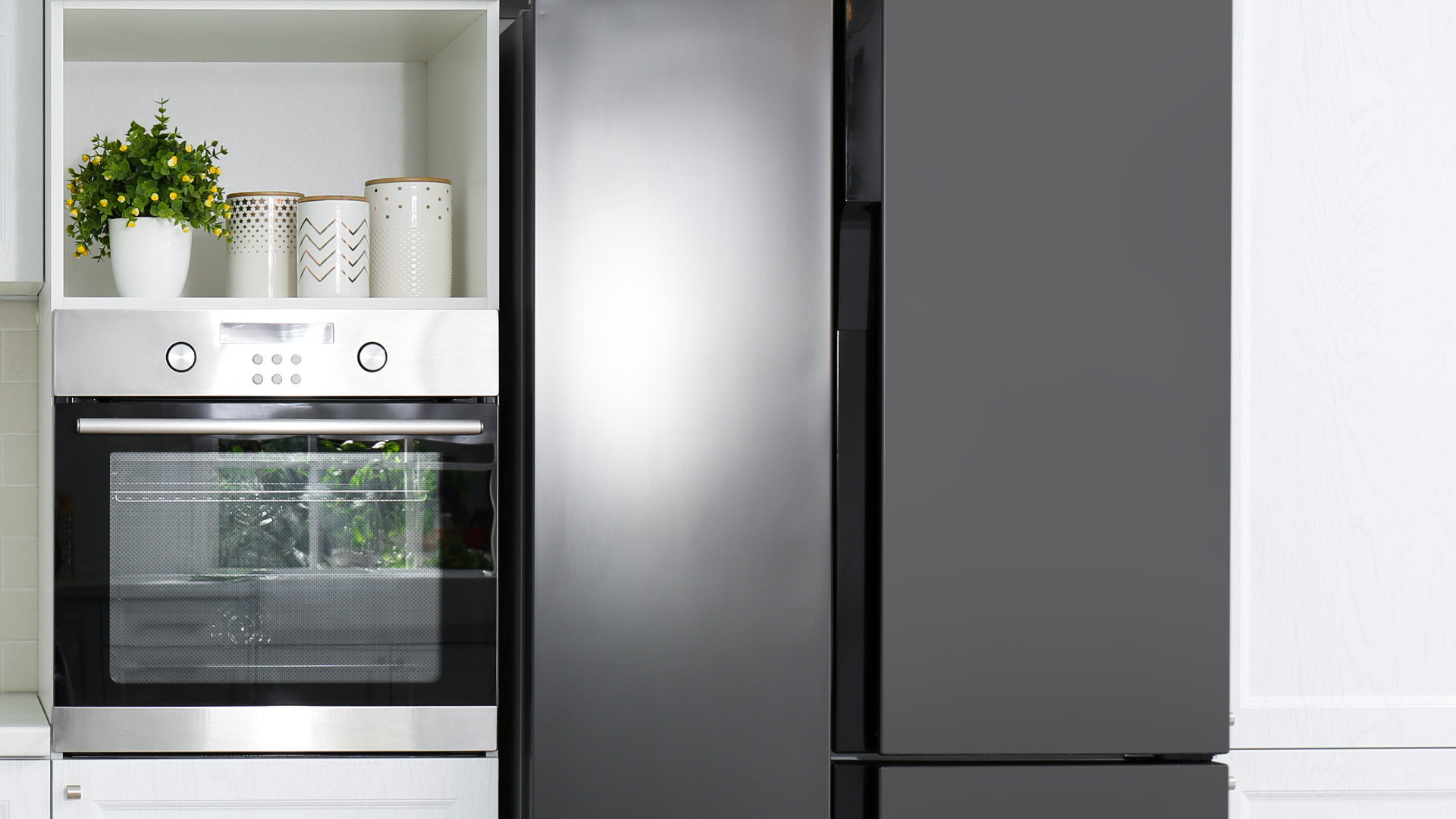
8 Reasons Your Samsung Refrigerator Is Not Cooling
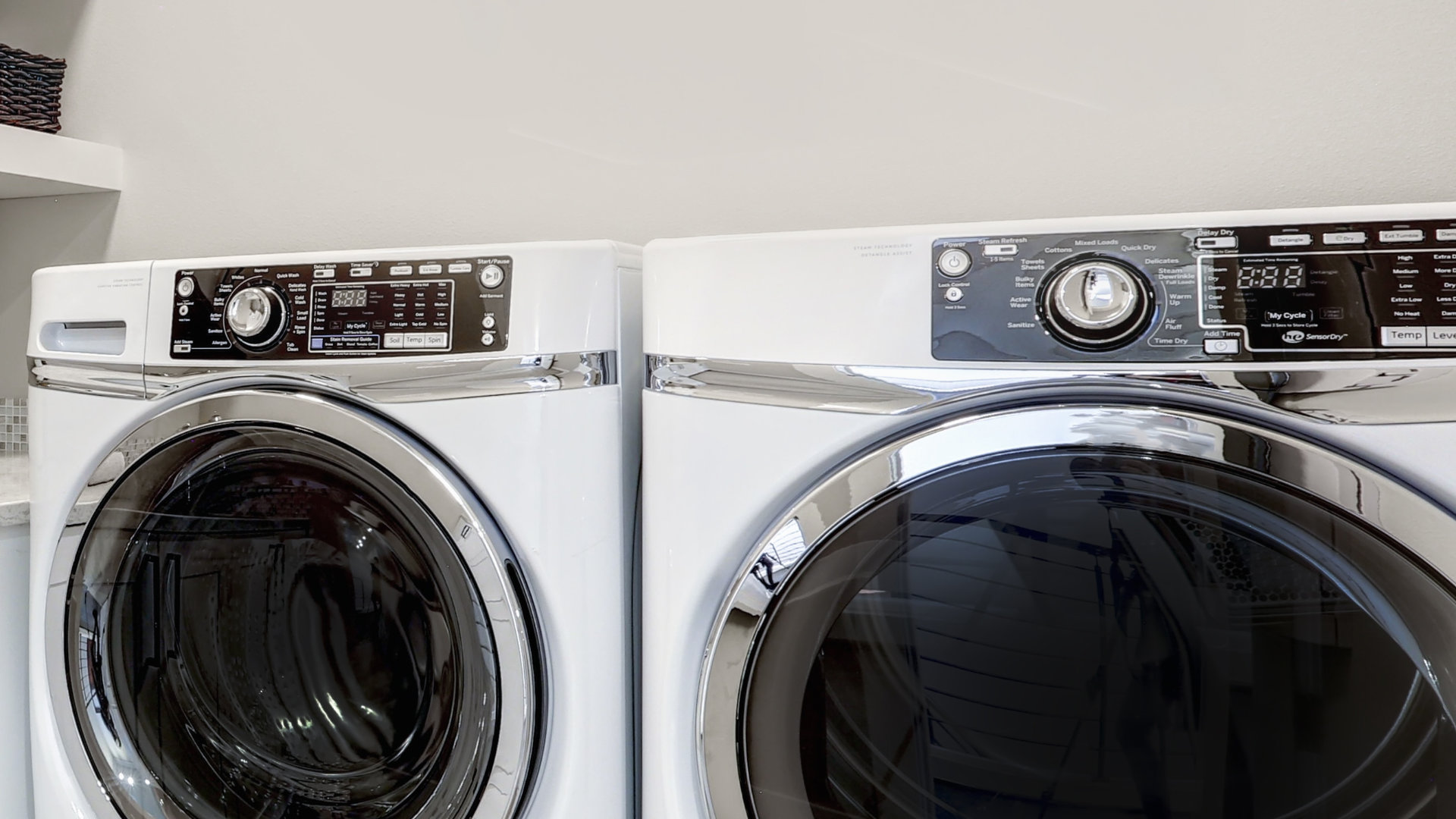
9 Most Reliable Washer and Dryer Brands
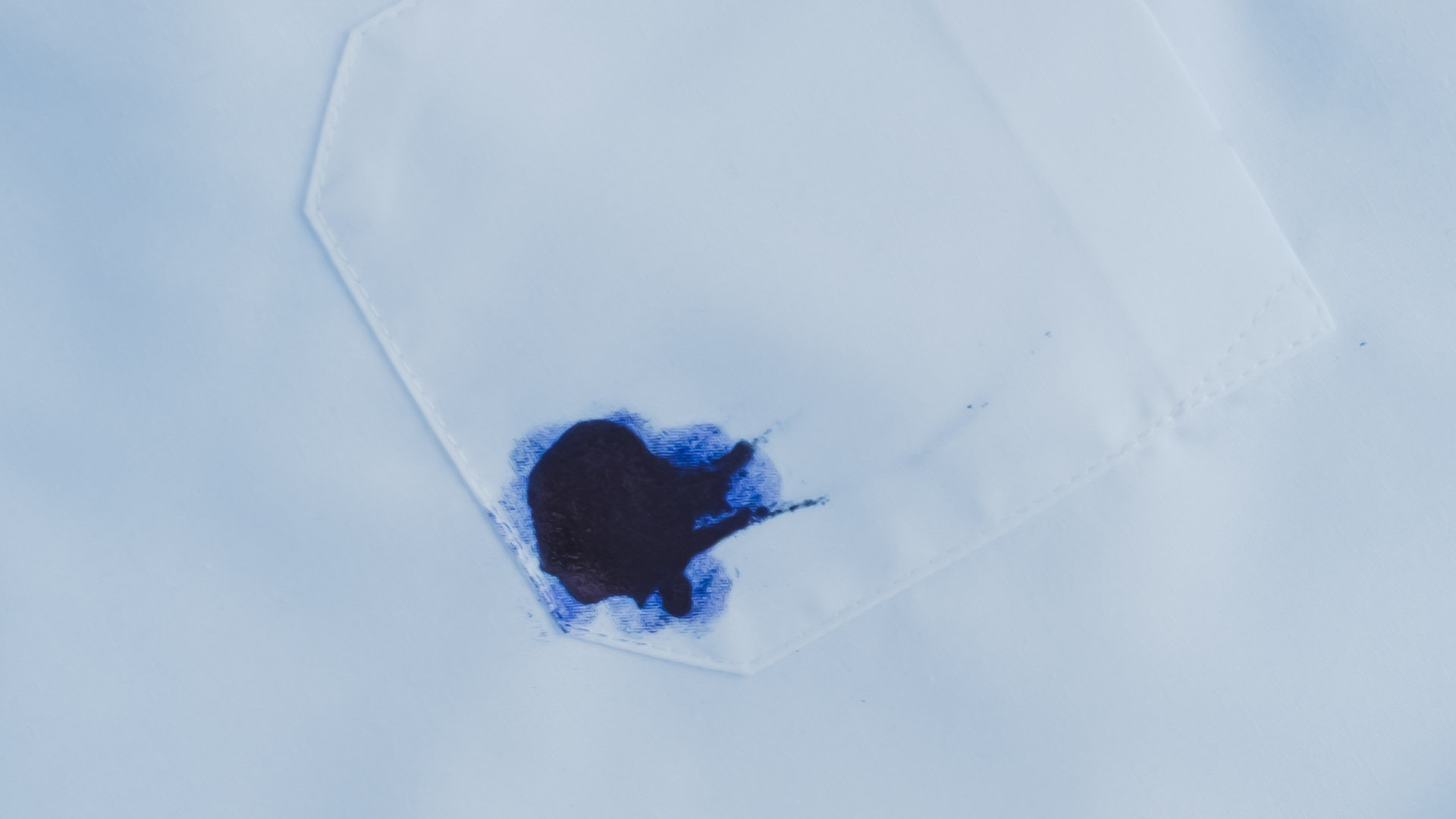
How to Get Ink out of Your Dryer the Easy Way
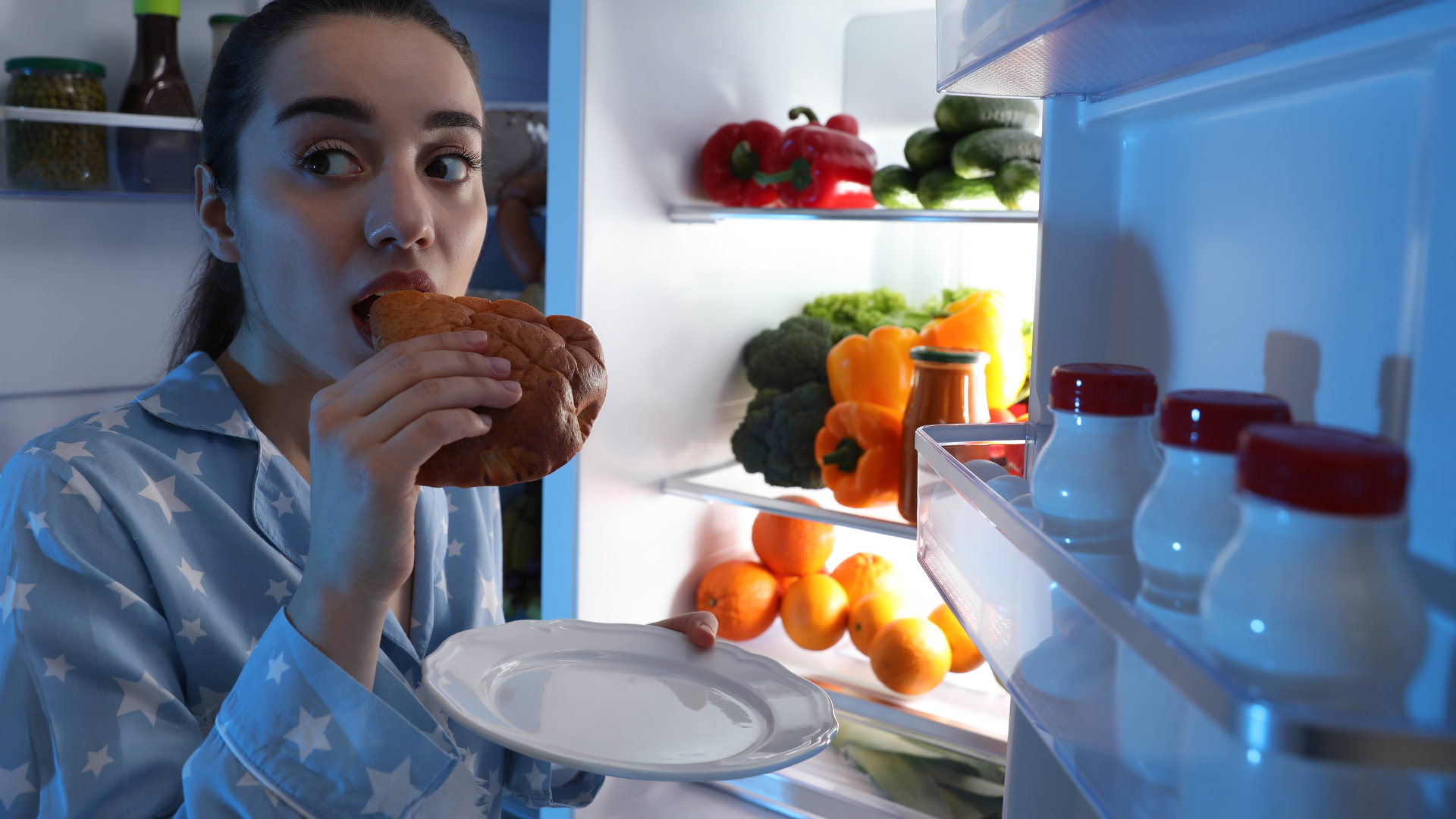
Why Is My Fridge Making Noise That Stops When the Door Is Open?
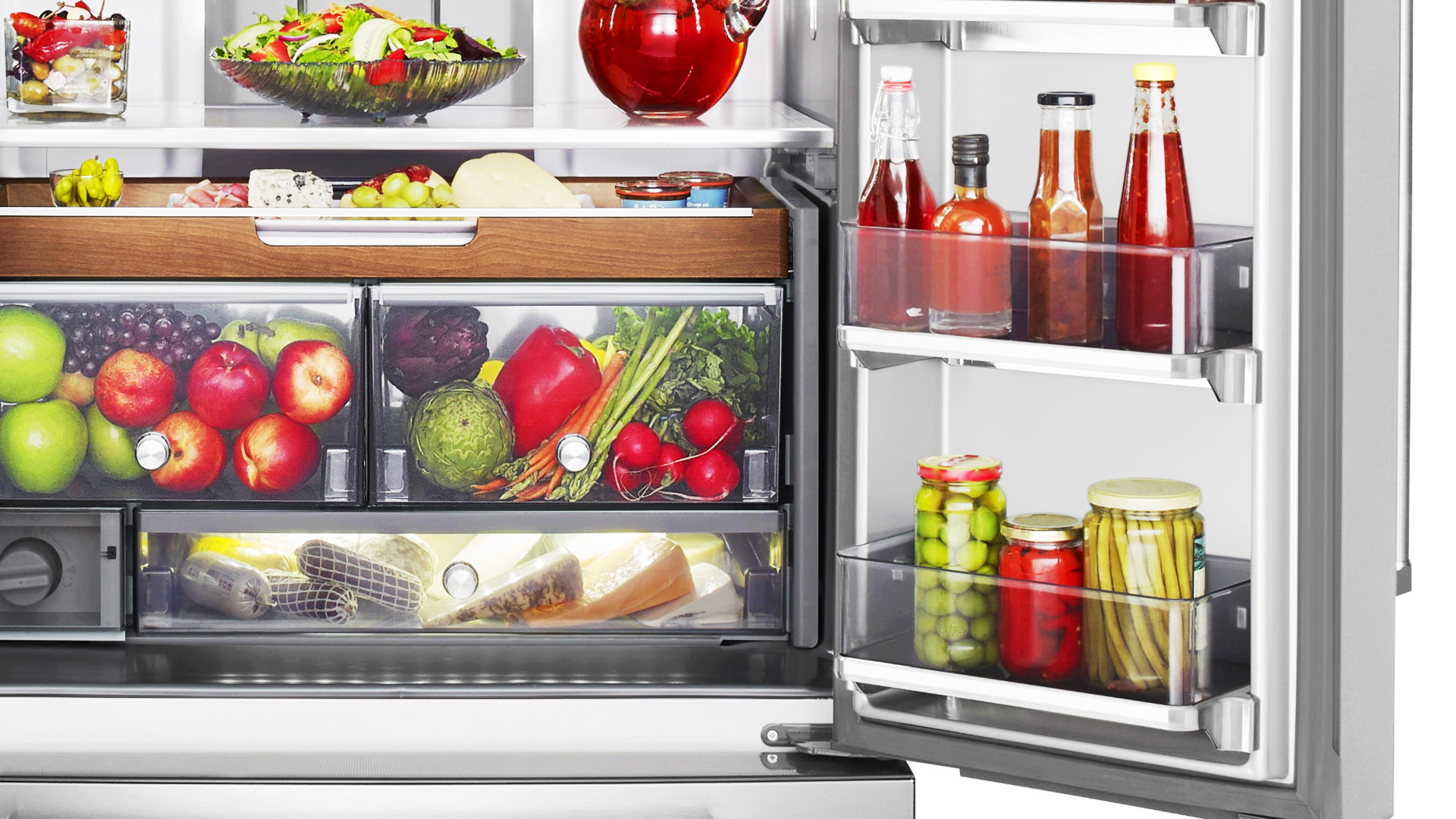
Frigidaire Refrigerator Error Code H1: Causes & Solutions
